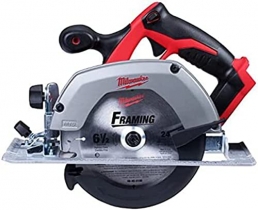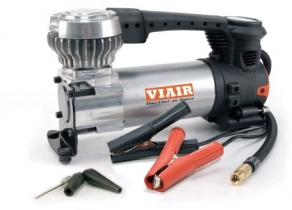-
Welcome to Tacoma World!
You are currently viewing as a guest! To get full-access, you need to register for a FREE account.
As a registered member, you’ll be able to:- Participate in all Tacoma discussion topics
- Communicate privately with other Tacoma owners from around the world
- Post your own photos in our Members Gallery
- Access all special features of the site
Quick Links: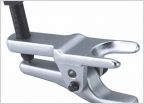 Tie rod end removal (2nd Gen)
Tie rod end removal (2nd Gen) 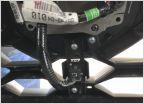 2020 TRD Off RD Grille to TRD Pro Grille swap w/ front camera
2020 TRD Off RD Grille to TRD Pro Grille swap w/ front camera 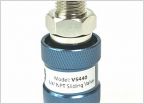 Arb twin air compressor question or air system related question. Mix 'high mileage Mobil 1' with regular mobil 1, both fully synthetic 4.56 Gears 2nd Gen DCLB Sport RD111 or RD121 locker for front? 2012 Toyota Tacoma rearview camera option retrofit?
Arb twin air compressor question or air system related question. Mix 'high mileage Mobil 1' with regular mobil 1, both fully synthetic 4.56 Gears 2nd Gen DCLB Sport RD111 or RD121 locker for front? 2012 Toyota Tacoma rearview camera option retrofit?
High or low Octane
Discussion in 'Technical Chat' started by TRDeity, Jan 25, 2007.




